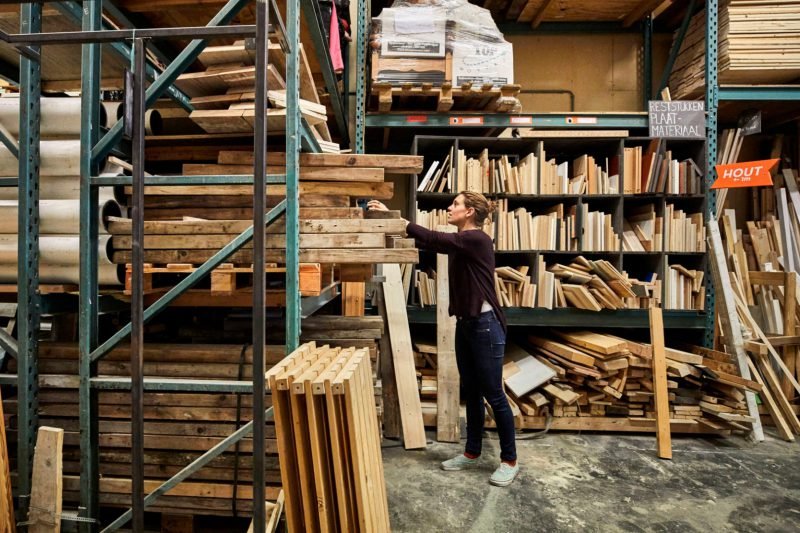DIY Land Remediation

As great as the DIY movement is, there are some things that seem naturally beyond the capacity of the average individual non-professional. DIY Space Missions and DIY Nuclear Fusion for example, are two headings you’ll probably never read in an issue of Ready Made. Every once in while though it’s exciting to see our assumptions about the limits of DIY tested, expanding our conception of what we can achieve on our own. Especially when that involves making the city a better place.
Land remediation is exactly one of those topics that would seem to go beyond DIY — a niche practice reserved for experts and specialty land trusts, usually costing upwards of millions of dollars for large-scale remediation. As a result, we have become accustomed to accepting fallow ground as an unavoidable result of the post-industrial city that can’t be dealt with, without a major infusion of cash and a resultant high-profile revenue generating development to recuperate those costs.


Not so, says urban designer Kaja Kühl, who along with a team of researchers, has developed a method and user’s guide for cheap small-scale phytoremediation. A Field Guide to Phytoremediation is a handbook on how to remove contaminants from land using plants. Kühl shows how, with a little bit of patience, land can be cleared of contaminants through strategic planting and subsequent dumping of plants, at a fraction of the cost of conventional Excavation and Fill techniques. The only flipside is that phytoremediation can take several years — which is not a problem when we consider that most contaminated brownfields sit fallow for several years anyway. Most importantly, the Field Guide shows how any enterprising individual can kickstart the process of phytoremediation on a piece of land, without waiting for large corporations or the City to take action. A full PDF of the Field Guide can be downloaded here.





